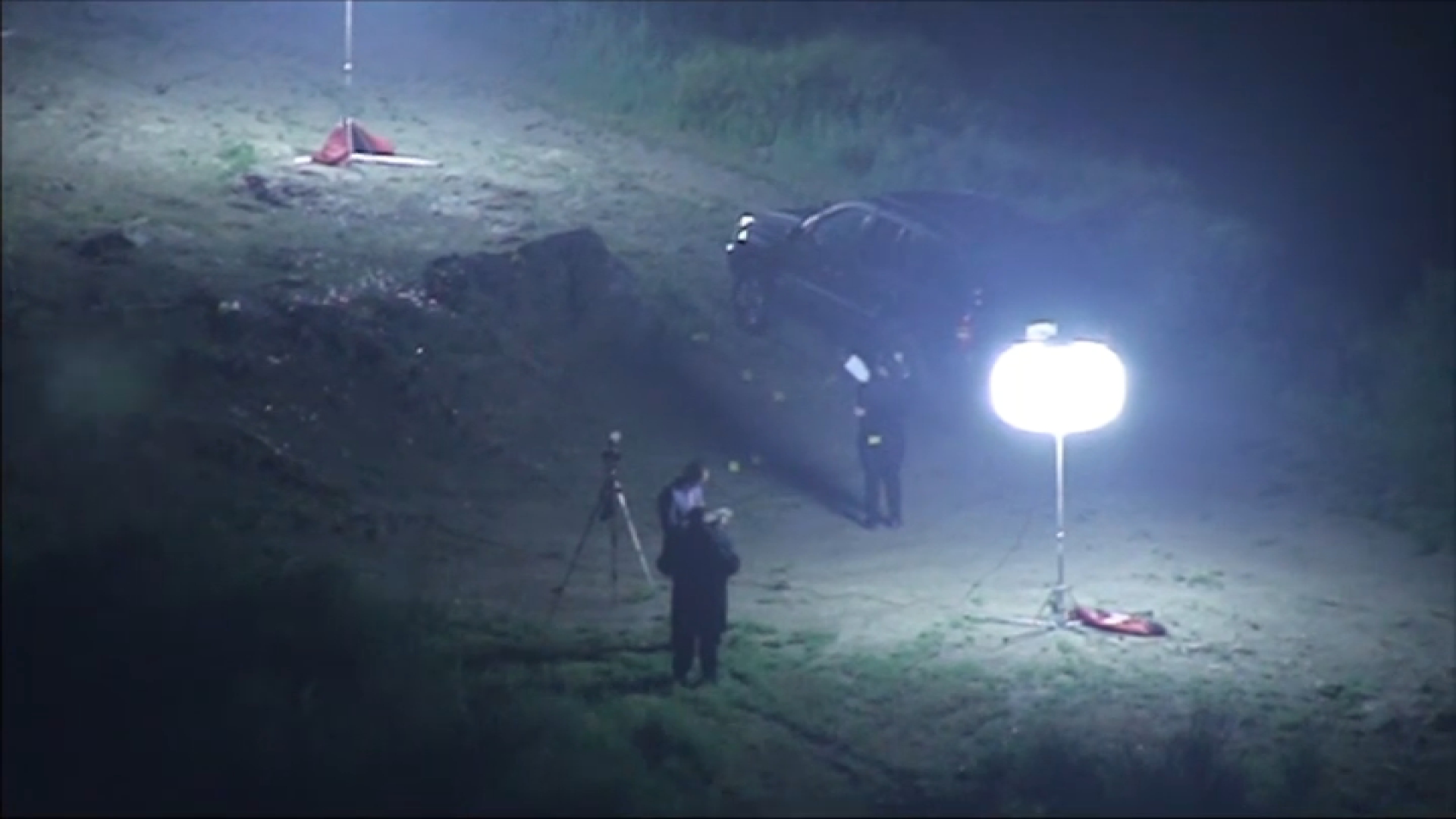You could buy an iPad and an iPhone with the money you lost sitting in traffic last year.
Or you could move to West Hollywood, named the most walkable city in California by Walk Score.
West Hollywood's 32,963 residents earned a Walk Score of at least 70, meaning most errands can be accomplished on foot, and city officials said that was no accident.
"Since we were incorporated in 1984, we've tried to have policies that make the city walkable," said John Keho, West Hollywood planning manager.
At its inception, the city passed an ordinance that prohibited new drive-through facilities from being built in its 1.9 square mile territory. Zoning laws also require parking lots be built behind buildings, businesses must open onto the street and those occupying ground-level space must be pedestrian oriented, such as retail shops or restaurants.
"We'll always have regional traffic from people driving through the city," Keho said. "But we wanted to make a place where people could park and enjoy being here."
Wide sidewalks and tree-lined streets also allow residents to choose two feet over four wheels. Keho said most of the city's residents live within two blocks of a commercial shopping center.
Local
Get Los Angeles's latest local news on crime, entertainment, weather, schools, COVID, cost of living and more. Here's your go-to source for today's LA news.
Economically, West Hollywood's walkability has been an asset for local business, said Maribel Louie, economic development analyst for the city.
"A walkable city creates a great business climate," Louie said.
City officials have used the Walk Score to pitch West Hollywood streets as prime real estate for potential businesses, suggesting the city is safe and ideal for sidewalk sales, she said.
The city, which celebrated its 25th anniversary in 2009, is a pedestrian oasis in the nation's third most congested city, and that title carries more than just a plague of bored drivers.
In 2010, Los Angeles peak commuters consumed an excess 50 gallons of gas and burned 63 hours of delay time per person, according to the Texas Transportation Institute's Urban Mobility Report.
The report has monitored congestion for the past 20 years, and LA's upward trend in traffic and related costs mirrors the national direction.
Those numbers are nothing to sneeze at, especially in this economy.
Los Angeles gas prices are almost six percent higher than the national average, and the report estimates snarled roads cost peak commuters about $1,464 last year, or $16.01 per hour spent in traffic. That's enough to cover the cost of an iPad and and iPhone -- or to put toward the rent on a Weho apartment.
Losing nearly three days of your life to traffic is a frightening prospect, but city officials said planning isn't solely to blame.
Covering almost 5,000 square miles, Los Angeles County does not lend itself well to condensation but state and local agencies are trying to cut through the smog.
Traffic signal synchronization is nearly complete, individual cities are adding hundreds of miles of bike lanes, and pay-per-use zip cars are available at five hubs in Los Angeles, said Bruce Gillman, spokesman for the Los Angeles department of transportation.
"These (initiatives) are fractional by themselves, but when you add them up and change people's behavior, there will be a significant reduction," he said.
Gillman stressed individual responsibility, such as using public transportation or carpooling, to find alternative methods to cut down on traffic and wasted time.
"It can't be the other guy's problem," he said.
He added that the city, county and state departments of transportation, individual municipalities and the Metropolitan Transportation Association are working together to give people the tools to change their behavior, but he said educating the next generation on personal vehicle alternatives is vital.
"We can't build our way out, there's no more unused land," Gillman said. "And when we do build on unused land, people just buy more cars."



